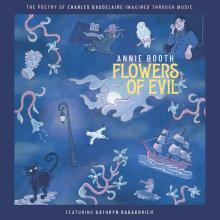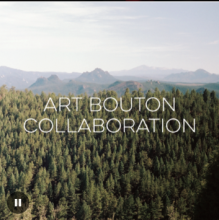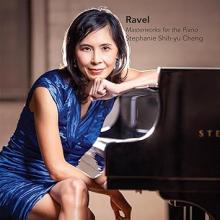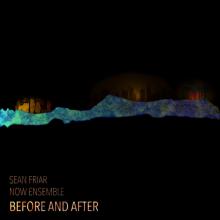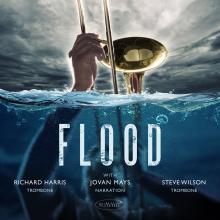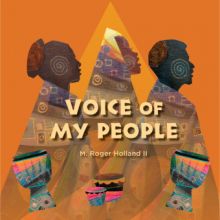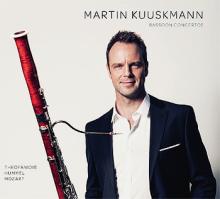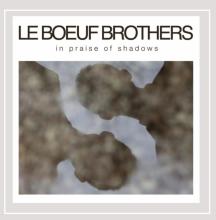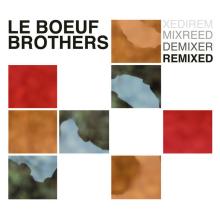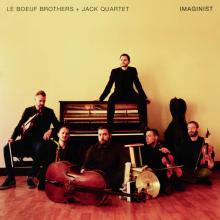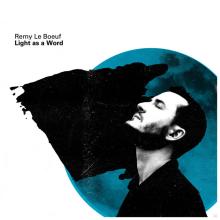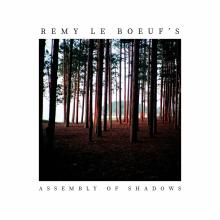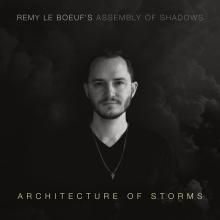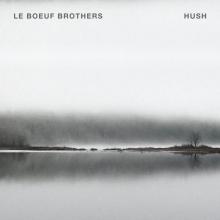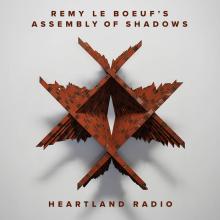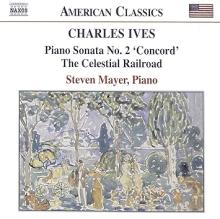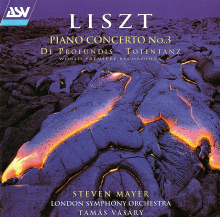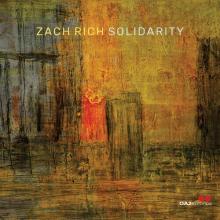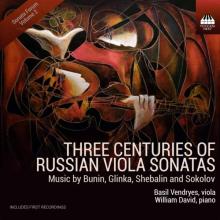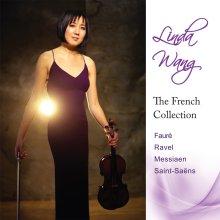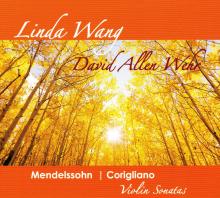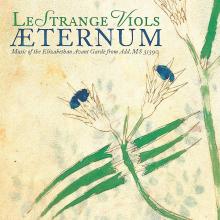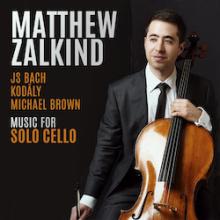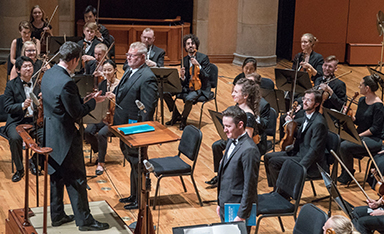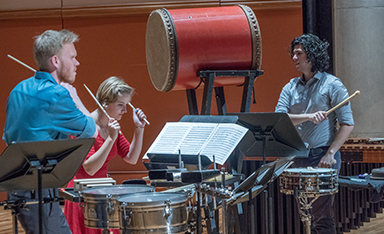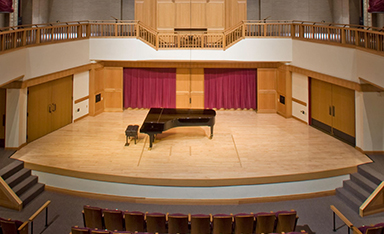Recordings by Lamont Faculty

Flowers of Evil
Annie Booth, leader and piano
Flowers Of Evil is the new album from composer and pianist Annie Booth – an otherworldly song cycle of original music set to the beautifully dark poetry of 19th century French poet, Charles Baudelaire and the 1864 collection of the same name. Flowers of Evil features an 11-piece ensemble and lives between the boundaries of jazz, chamber music, and art song, blending poetry with improvisation, emotion with sound. Masterfully sung both in French and English by renowned soprano Kathryn Radakovich, Annie Booth brings the complex world of Charles Baudelaire's 19th century Paris to modern times through her fresh and compelling music.
Collaboration
Art Bouton, saxophone
This project began in 2010 as an effort to commission new compositions for the Akai Electronic Wind Instrument (EWI), an instrument I have played off and on for almost thirty years. Funding was through a University of Denver grant program, the Creative Arts Materials Fund (CAMF).
Ravel Masterworks for the Piano
Stephanie Shih-yu Cheng, piano
This is an album featuring favorite piano works by Ravel, performed beautifully by Taiwanese-American pianist Stephanie Shih-yu Cheng. She currently is Chair of the Keyboard department at the Lamont School of Music at the University of Denver.
Before and After
Sean Friar, composer
“Before and After is a rumination on the lifespan of civilizations, on our own small place in the larger rhythm of the world,” says Friar. “Each section touches these themes—growth and progress run amok, our nostalgia for an often-fictitious golden age, our idealized notions about the beginnings of civilization, and our feeling that, perhaps, humans have crossed some threshold we really shouldn’t have.”
Flood
Richard Harris, trombone
This recording features music by Charlie Small, Vladislav Blazhevich, Michael Davis, Daniel Schnyder, and a new commission by Conrad Kehn entitled FLOOD, a piece written in response to the murder of George Floyd for two trombones, electronics and narrator. The recording captures two technically gifted trombonists ‘dialing’ in some diverse repertoire…from playful to intense!
Voice of My People
M. Roger Holland, II, composer
A ground-breaking Mass setting, Voice of My People explores the various ways in which musical genres within the African diaspora articulate the cultural expressions of Blackness. Composer M. Roger Holland II has unified the various parts of the Mass not with a melodic motif, but with the understanding that Black people are not monolithic in their understanding of self or cultural expression.
We R The Church
M. Roger Holland, II, composer
A new collection of songs from a true talent and vibrant voice in sacred music, Roger M. Holland II. Featuring the title track, We R the Church, which was recorded during the COVID-19 pandemic in home studios in New York and Denver, Colorado.
Bassoon Concertos
Martin Kuuskmann, bassoon
GRAMMY NOMINEE 2007 and 2017 in the category of Best Contemporary Classical Composition! Constantly pushing the boundaries for new artistic and technical possibilities, Kuuskmann has premiered 8 bassoon concertos, all written and dedicated to him by some of the foremost composers of our time − Erkki-Sven Tüür, Eino Tamberg, Tõnu Kõrvits, Christopher Theofanidis (whose concerto he has performed over 50 times), David Chesky, Gregor Huebner, Gene Pritsker and Charles Coleman. Kuuskmann has performed Michael Daugherty’s madcap concerto Dead Elvis across the world nearly 50 times and won the prestigious German Record Critics Prize in 2001 with Absolute Ensemble and the recording of Dead Elvis.
House Without a Door
Le Boeuf Brothers
Described by the New York Times as an "impressively self assured new album... which reaches for the gleaming cosmopolitanism of our present era." 'It showcases their evermore-confident composing. While half of the album features a tough, young rhythm section of their musical peers, the other half finds the twins keeping company with stellar New York cats like drummer Clarence Penn, trumpeter Ambrose Akinmusire and tenor saxophonist Marcus Strickland.' (Monterey County Weekly).
In Praise of Shadows
Le Boeuf Brothers
The Le Boeuf twins - saxophonist Remy and keyboardist Pascal - announce an ambitious step in their creative development with their new album, In Praise of Shadows. Joined by fellow twenty-somethings Mike Ruby on tenor saxophone, Nir Felder on guitar, Linda Oh on bass, and Henry Cole on drums, as well as the Myth String Quartet, the Le Boeuf brothers have created a work that spans the gulf of modern jazz with indie rock and intelligent electronic music.
Remixed
Le Boeuf Brothers
A remix is an alternate version of a recording made by rebalancing, recombining or altering individual tracks. The art of remixing is most common in technology-oriented genres such as electronic music, but can certainly be applied to any recorded music, although it seems quite rare in jazz/improvised music. However, there is actually a fertile, underground scene comprised of jazz musicians who are closet DJs. Amongst them are identical twins, the Le Boeuf Brothers, saxophonist/composer Remy and pianist/composer Pascal, whose latest project fuses their New York jazz background with a fresh blend of electronica, trip-hop and drum 'n' bass to create the remix collaboration project, Le Boeuf Brothers Remixed
Imaginist
Le Boeuf Brothers
Interpreting the works of pianist Pascal Le Boeuf and saxophonist Remy Le Boeuf, the hybridized 9-piece chamber ensemble includes JACK Quartet, one of New York’s premier string quartets devoted to contemporary classical music, as well as a collection of longtime collaborators including Grammy-nominated tenor saxophonist Ben Wendel (Kneebody), alternating bassists Ben Street (John Scofield, Billy Hart) and Martin Nevin (Albert "Tootie" Heath), and alternating drummers Justin Brown (Ambrose Akinmusire, Thundercat) and Peter Kronreif (Thana Alexa).
Light as a Word
Remy Le Boeuf, leader and saxophone
On the dozen tracks comprising Light as a Word, Remy’s highly anticipated debut as sole bandleader, the 32-year-old’s gifts make a gorgeous, powerful argument for center stage. As he explains, Light as a Word is, in essence, the sound of complete creative freedom. “I didn’t need to compromise on this album,” he says. “There was no resistance. I could just do what I do.”
Assembly of Shadows
Remy Le Boeuf, leader and saxophone
Following his May 2019 leader debut, Light as a Word—hailed by the San Francisco Chronicle for its “radiant, uncluttered beauty”—saxophonist Remy Le Boeuf takes a major leap forward in his artistic journey with his jazz orchestra release, Assembly of Shadows. Before embarking on the title work, a cinematic five-movement suite that also serves as the ensemble's namesake, the album begins with the standalone composition “Strata” and a kaleidoscopic reimagining of Ornette Coleman’s “Honeymooners.”
Architecture of Storms
Remy Le Boeuf, leader and saxophone
The second album from alto saxophonist Remy Le Boeuf's big band Assembly of Shadows, 2021's Architecture of Storms is an enveloping production showcasing his kinetic improvisation and deeply textured compositional skills. The album is the follow-up to the group's Grammy-nominated 2019 eponymous debut and once again displays their progressive, cross-pollinated approach to modern creative jazz.
Hush
Le Boeuf Brothers
HUSH is an album of original music by contemporary jazz artists “Le Boeuf Brothers” (identical twins Pascal and Remy Le Boeuf) featuring longtime collaborators Dayna Stephens, Linda May Han Oh, and Christian Euman. The album explores the extremes of quiet performance with close-miking resulting in a unique approach to composing for, and improvising as, an ensemble. Like a gentle whispered conversation, the music creates an atmosphere of warmth and airy intimacy.
Heartland Radio
Remy Le Boeuf, leader and saxophone
On Heartland Radio, Remy Le Boeuf finds inspiration in the ever-shifting soundscape of the great American road trip. Through seven tracks of stunning ingenuity and intimacy, Le Boeuf’s large ensemble Assembly of Shadows melds modern jazz language and classical textures with ideas and emotions gleaned from pop radio. Echoes of indie rock, R&B, dance-pop, alternative, and EDM infuse breathtaking orchestral harmony, nimble ensemble interplay and masterful solos — including those by the bandleader, whose crystalline alto work exhibits a depth of understanding that only the music’s composer could attain.
Ives: Piano Sonata No. 2 'Concord'
Steven Mayer, piano
Charles Ives' Piano Sonata No. 2, Concord Mass.: 1840-60, popularly known as the Concord Sonata, has been recorded a good many times in the last 55 years, with no two interpretations turning out quite the same. This one, by pianist Steven Mayer, radically departs from most in that between the movements actor Kerry Shale reads relevant passages from Ives' writings on the subject, in addition to a couple of bits drawn from Emerson and Thoreau, transcendentalist authors whose works inspired Ives to compose this sonata. The effect is not distracting and the passages are brief; to those still struggling to come to terms with Ives' difficult work, the spoken interpolations may well prove enlightening.
Liszt: Piano Concerto No. 3
Steven Mayer, piano
Winner of the Grand Prix du Disque Liszt for his ASV world premiere recording of Liszt's Concerto Opus Posthumous and De Profundis with the London Symphony under Tamas Vasary, Steven Mayer gave the world premiere of Liszt's De Profundis with the Hague Philharmonic and Jacek Kaspszic in the Hague. Mr. Mayer also performed the European premiere of Liszt's Concerto Opus Posthumous as well as Liszt's Concerto in Eb with the Hague Philharmonic under Hans Vonk at the Interlakner and Visp festivals in Switzerland and at La Chaise Dieu in France. In 2002, Steven Mayer began a lifetime association with Naxos Records. In 2011, Gramophone chose Mayer's Naxos recording of Charles Ives' "Concord" Sonata as one of the top three in its 50-year discography of the work.
A Century of American Viola Sonatas
Basil Vendryes, viola
These five works – four sonatas and a sonatina – chronicle a century of American writing for the viola and are linked by a concern for directness of musical language. But they also reflect diversity in their origins and inspirations, the Ulysses Kay pieces being written by a pioneering African American, Libby Larsen’s by a successful female freelance composer, Eric Ewazen’s animated by a particularly American lyricism and energy, and the sonata by David Tcimpidis commemorating the ‘9/11’ terrorist attack on the World Trade Center, which Tcimpidis heard unfolding.
Solidarity
Zach Rich, trombone, composer, & arranger
Trombonist, composer & arranger Zach Rich's Solidarity is an expansive, vivid program of original music, orchestrated for his Denver-based jazz quintet and chamber orchestra. Rich channels mentors, stage-mates and influences—from Billy Childs to John Clayton and Rufus Reid—infusing the music with a mergence of modern jazz dynamism and contemporary classical counterpoint, while his playing resonates with a warm, soulful lyricism and crisp rhythmic pop.
Three Centuries of Russian Viola Sonatas
Basil Vendryes, viola
The Russian viola sonata begins in earnest in 1931, when the 1825 Sonata by Mikhail Glinka, ‘the father of Russian music’, was reconstructed from his sketches by Vadim Borisovsky, ‘the father of the Russian viola’. The relationship between the composer Revol Bunin and the violist Rudolf Barshai resulted in a sonata of 1955 which deserves wider currency. Although half a century apart, the Shebalin and Sokolov sonatas have something unusual in common: both were created as part of a triptych, alongside sonatas for violin and cello. All four composers knew how to make the viola sing – though this lyricism is often animated by moments of drama and excitement.
Paul Juon: Chamber Music for Viola
Basil Vendryes, viola
Igor Pikayzen, violin
Paul Juon was born in Moscow, of Swiss parents, in 1872, studying there with Arensky and Taneyev; Rachmaninov, a fellow student at the Moscow Conservatoire, dubbed him ‘the Russian Brahms’. Woldemar Bargiel, Clara Schumann’s half-brother, was his main teacher at the Hochschule für Musik in Berlin before Juon himself became a member of the staff. There are indeed echoes of Brahms in Juon’s early music but there is also a fondness for Russian folksong and a mastery of counterpoint, which all feed into his urgent, late-Romantic lyricism.
The French Collection
Linda Wang, violin
Lesser known treasures by famous French composers are featured in this collection of works by Faure, Ravel, Messaien and Saint Saens. French music is impressive for its wide tapestry of color and sonorities, and the French Collection transports the listener through the decorative styles of French romanticism, to the fantasy-like impressionist movement, and the innovative and diverse musical influences of French contemporary composition.
Mendelssohn, Corigliano Violin Sonatas
Linda Wang, violin
Mendelssohn’s "Posthumous" Sonata, written in 1838 but not discovered until 1952, is juxtaposed with Corigliano’s Violin Sonata, 1968, both written by the composers while in their late 20s. The Mendelssohn is a romantic, chivalrous, elegant German work, contrasted with American composer John Corigliano, who writes of his Sonata: "Its eclecticism, its rhythmic energy, and its bright character give the Sonata a very American quality.”
Æternum - Music of the Elizabethan Avant Garde
LeStrange Viols, including Zoe Weiss, viola da gamba
LeStrange Viols presents a second disc for Olde Focus Recordings: an exploration of a "Booke of In Nomines and Other Solfainge Songs," known by its shelfmark in the British Library as Add. MS 31390. From the 135-piece collection LeStrange has selected twenty-six compositions, many of which are recorded here for the first time. Some of these works reflect the "hottest new releases" of 1578 (when the manuscript was copied) while others are "golden oldies" from the first half of the 16th century.
Music for Solo Cello
Matthew Zalkind, cello
For his solo debut solo recording, acclaimed American cellist Matthew Zalkind has chosen three works which, he explains, “have an especially strong sense of kinship, each of which explores the vast expressive and technical possibilities of the solo cello.” Johann Sebastian Bach’s cello suites represented such a high level of achievement that until Kodály composed his Sonata nearly 200 years later, barely a single significant work was written for solo cello. The Suite of 2012 by Michael Brown, a close friend and colleague of Zalkind’s, was influenced by both the earlier pieces and provides a perfect bridge between them.
